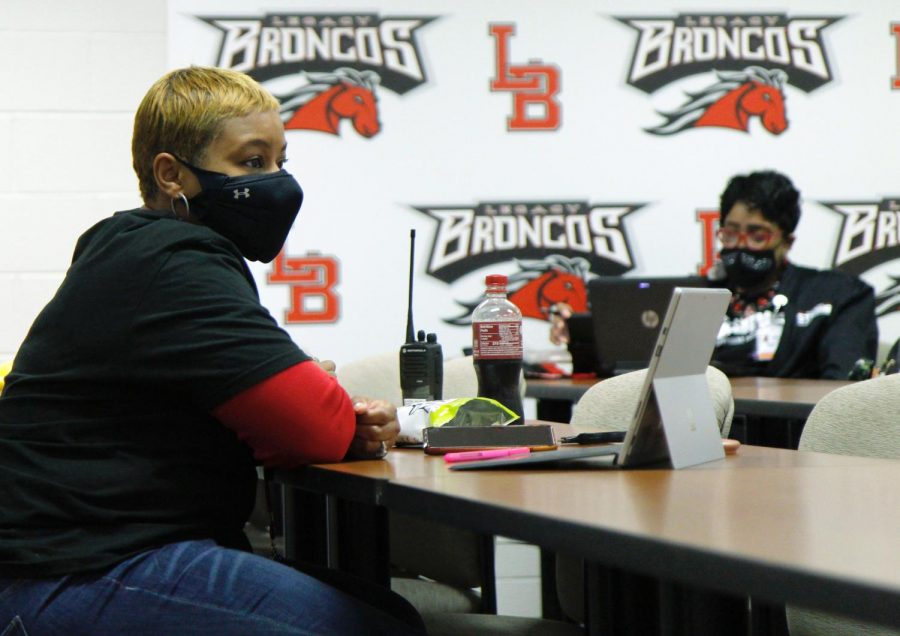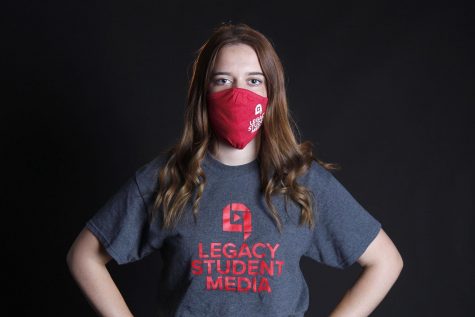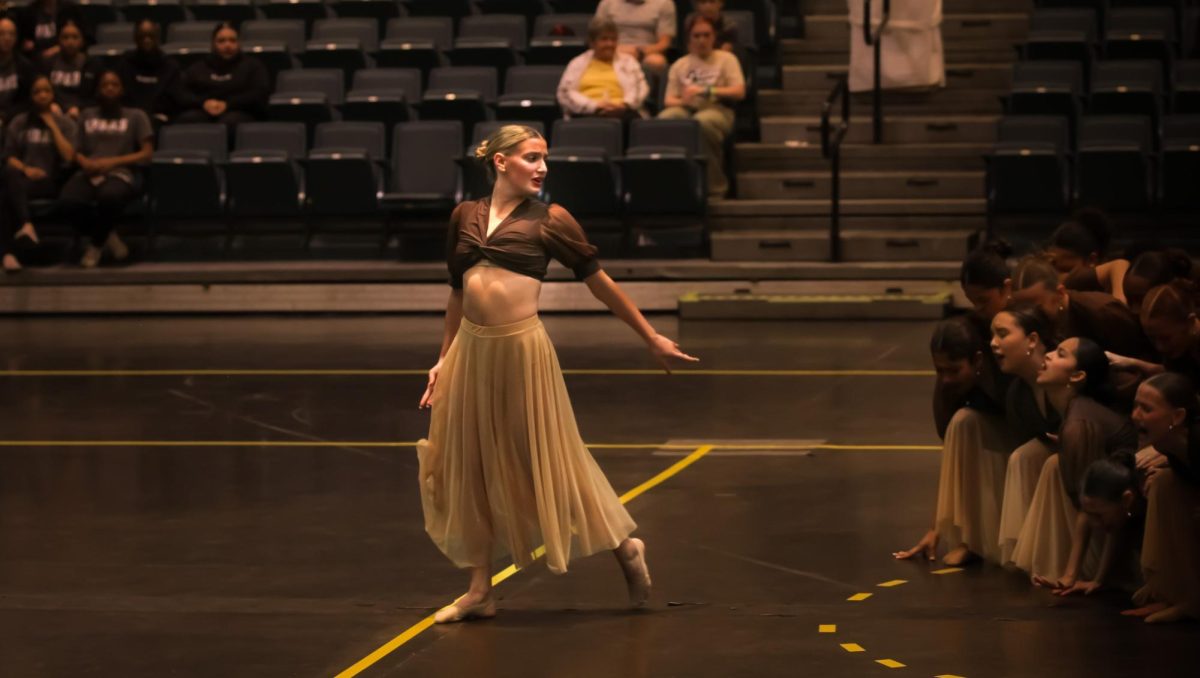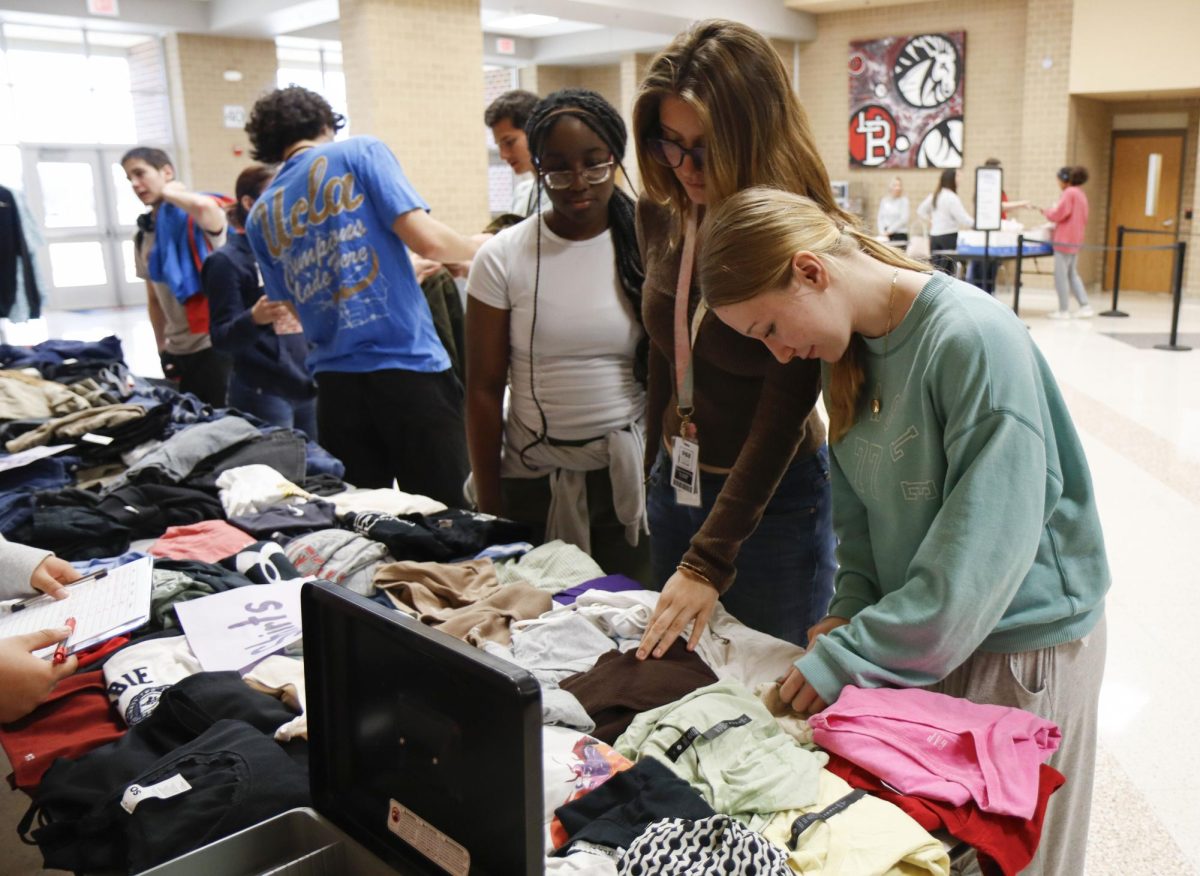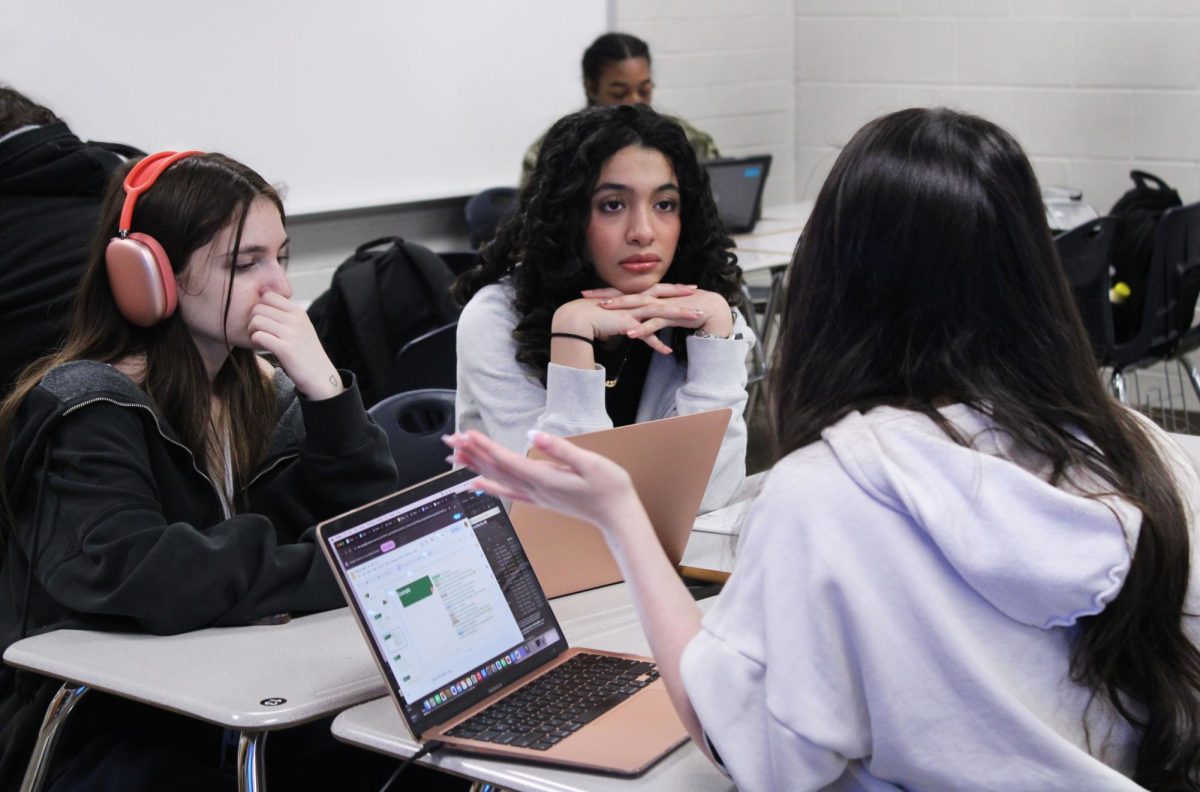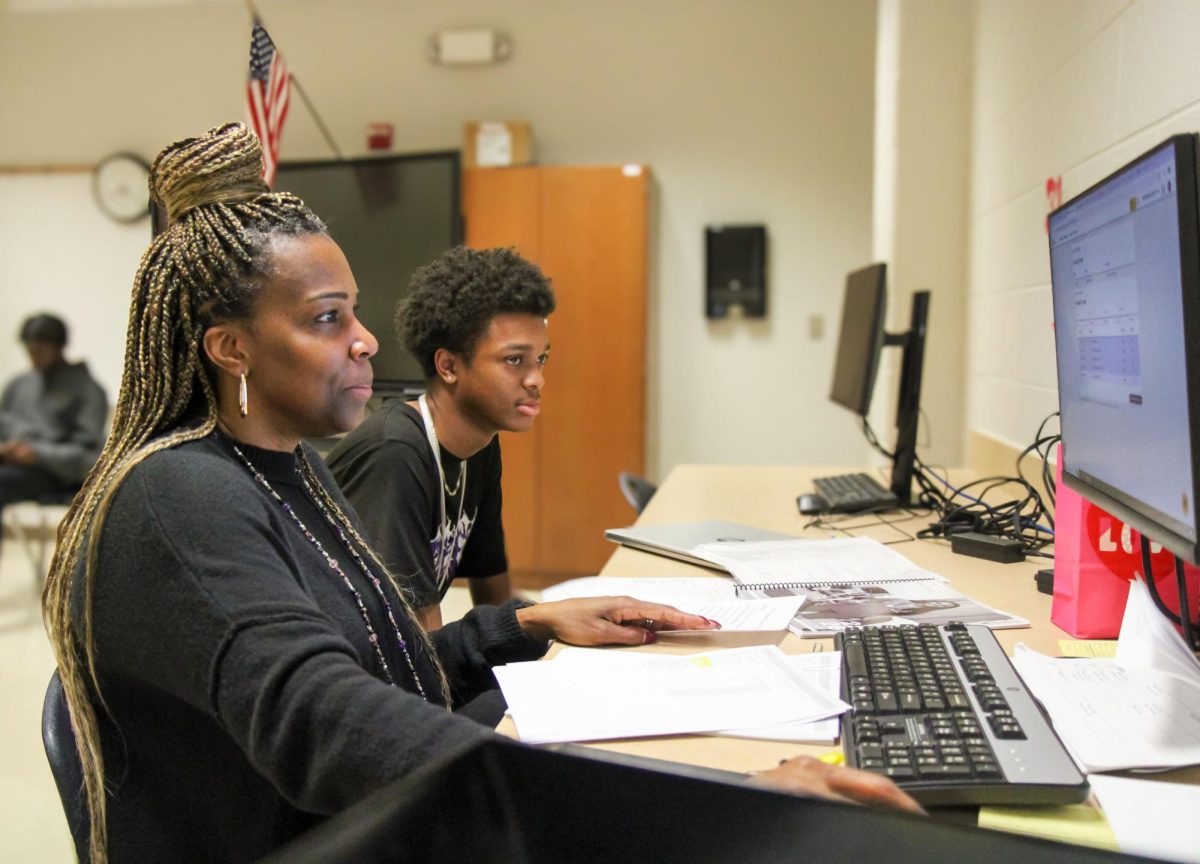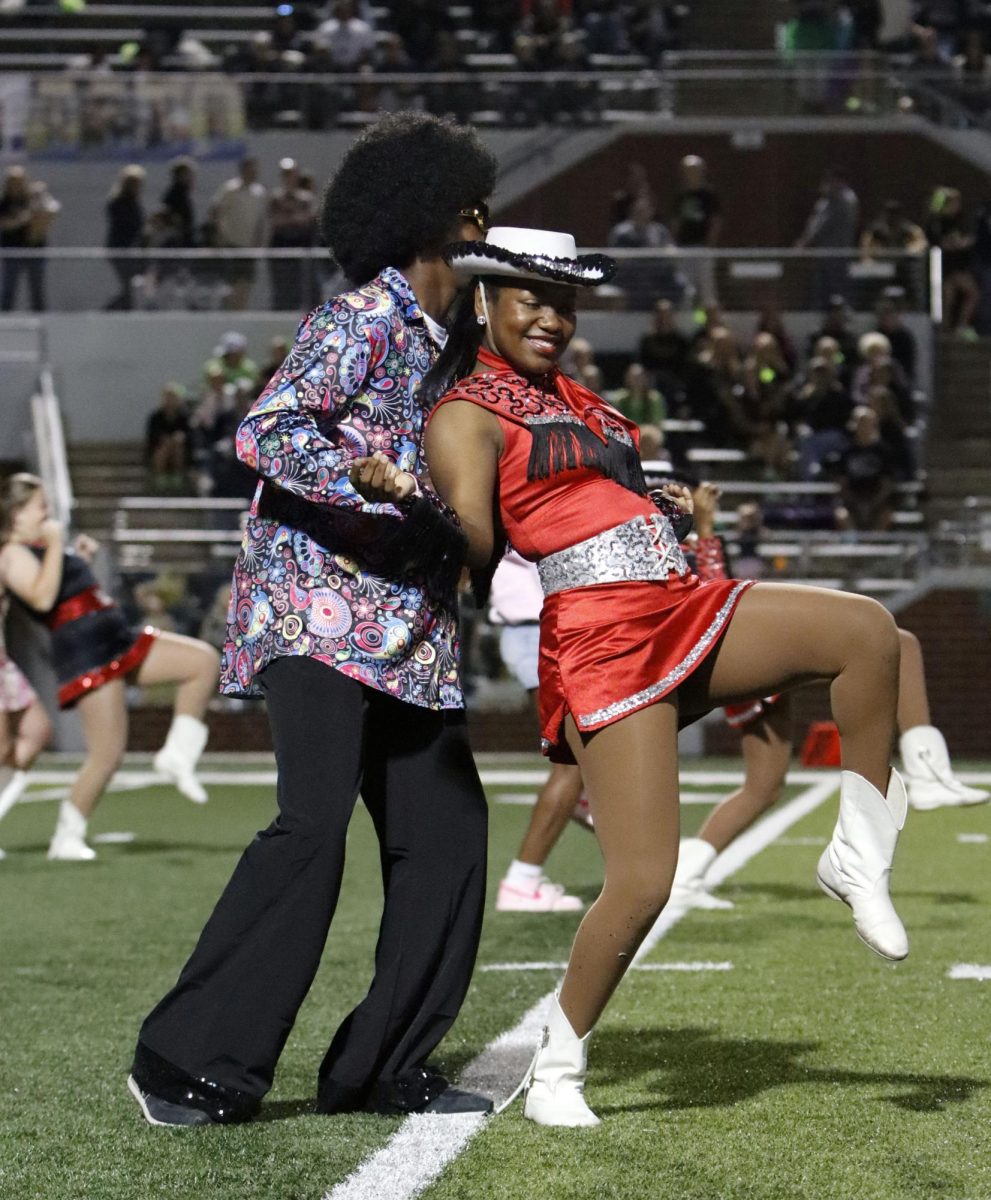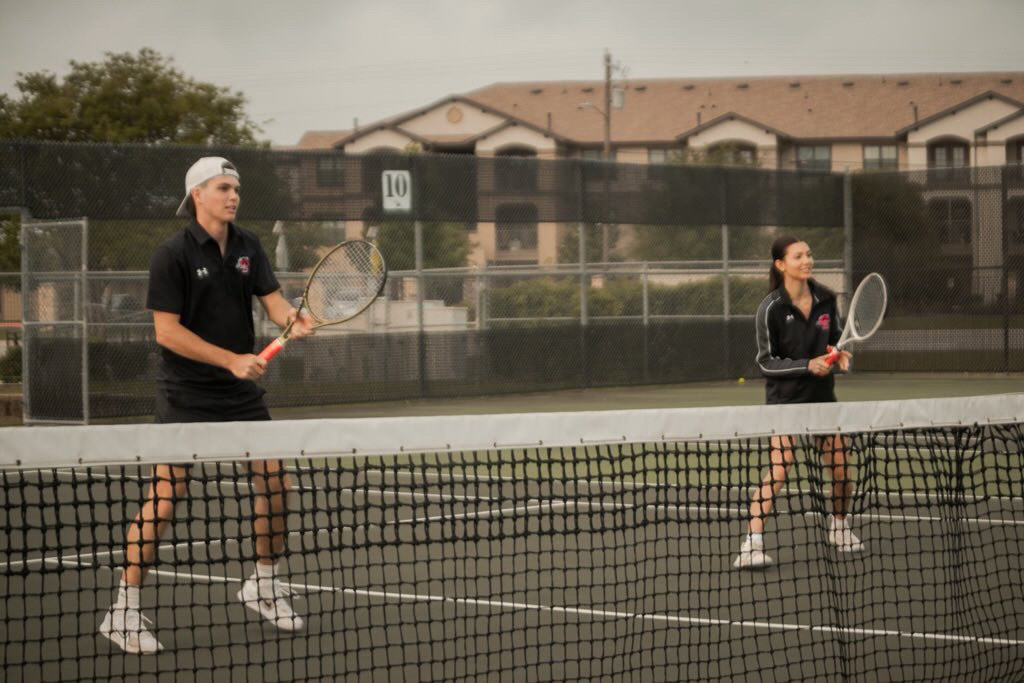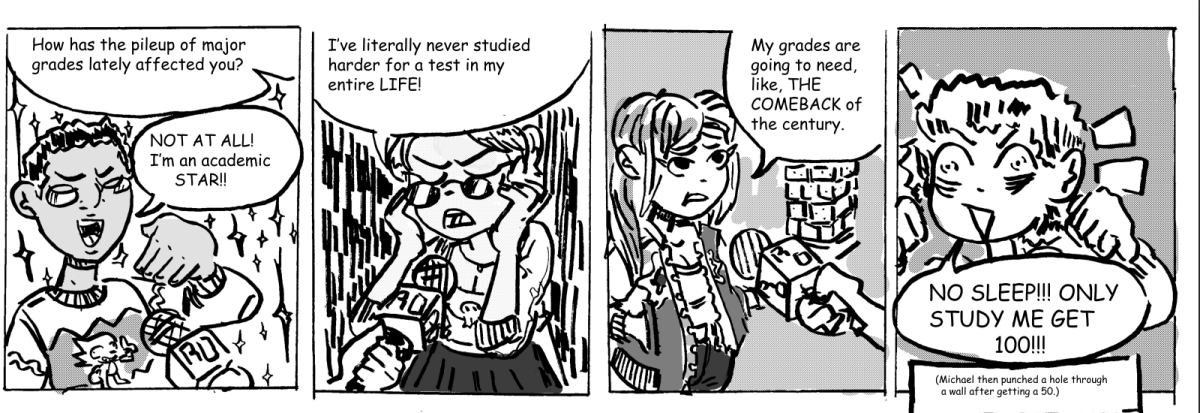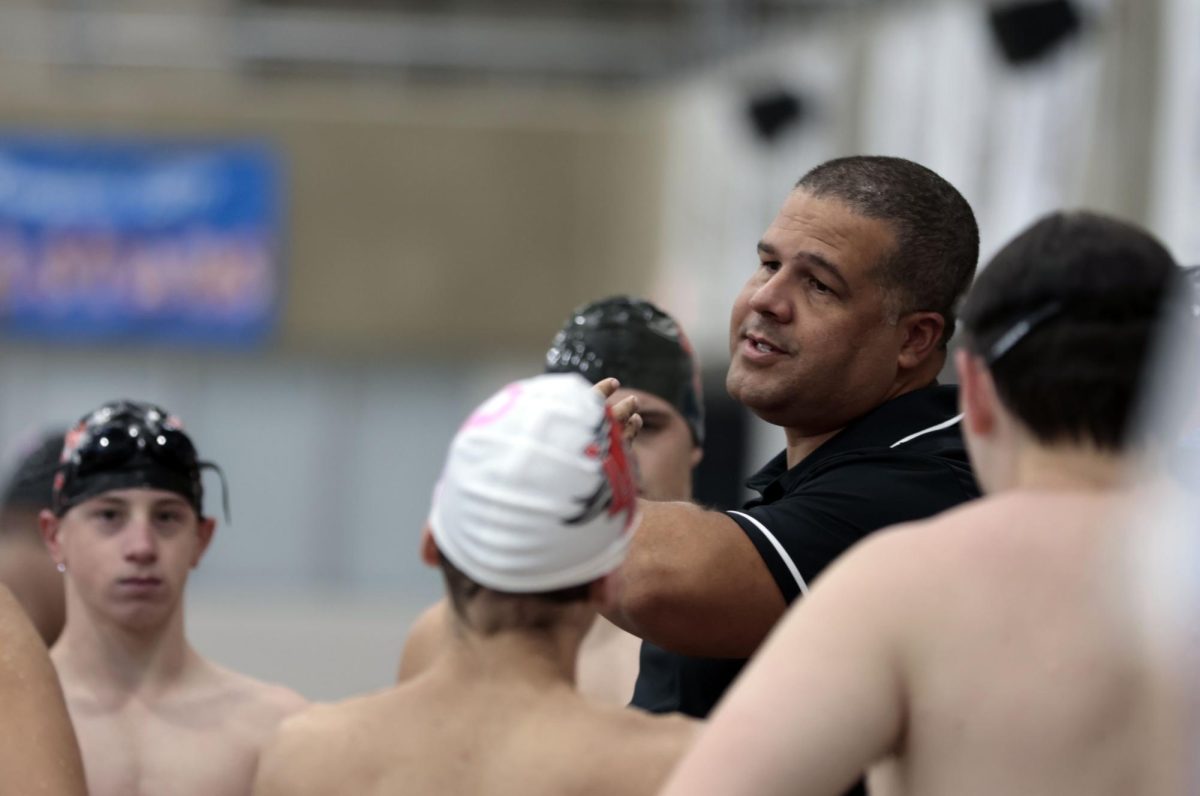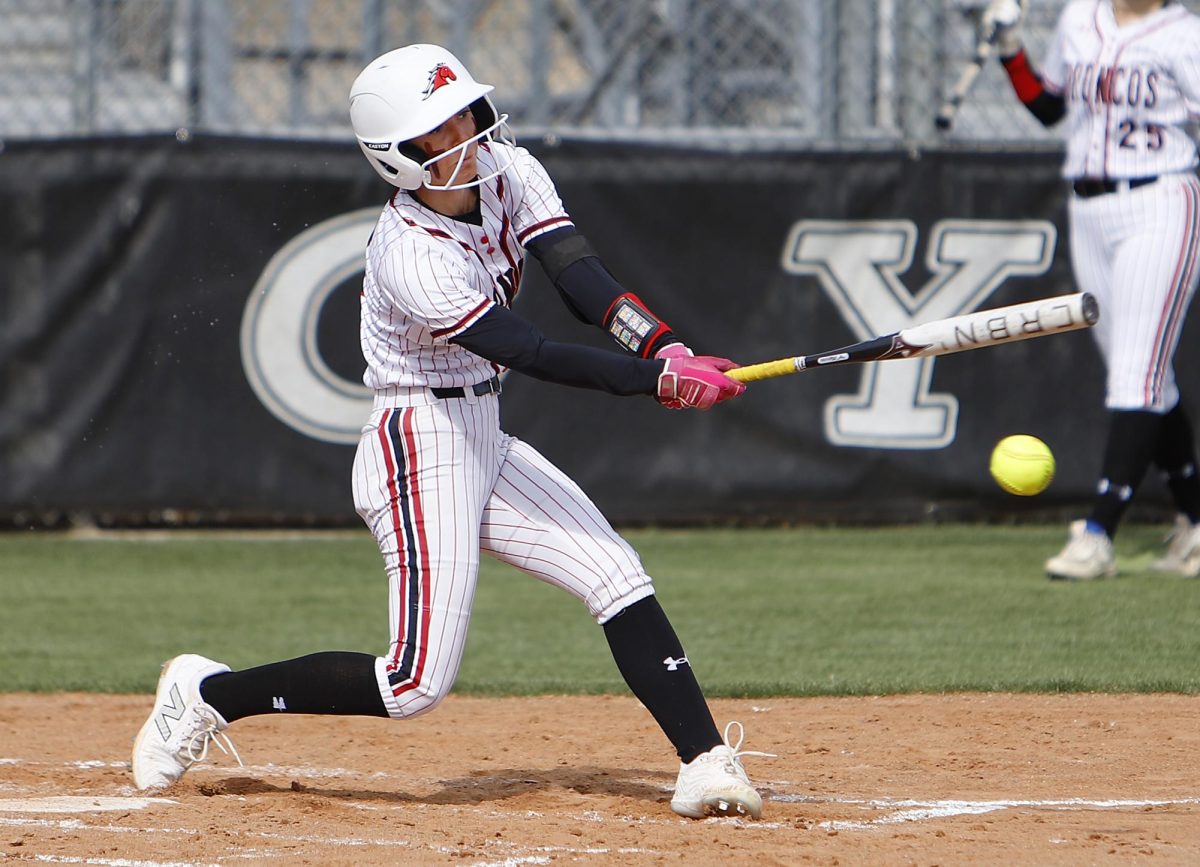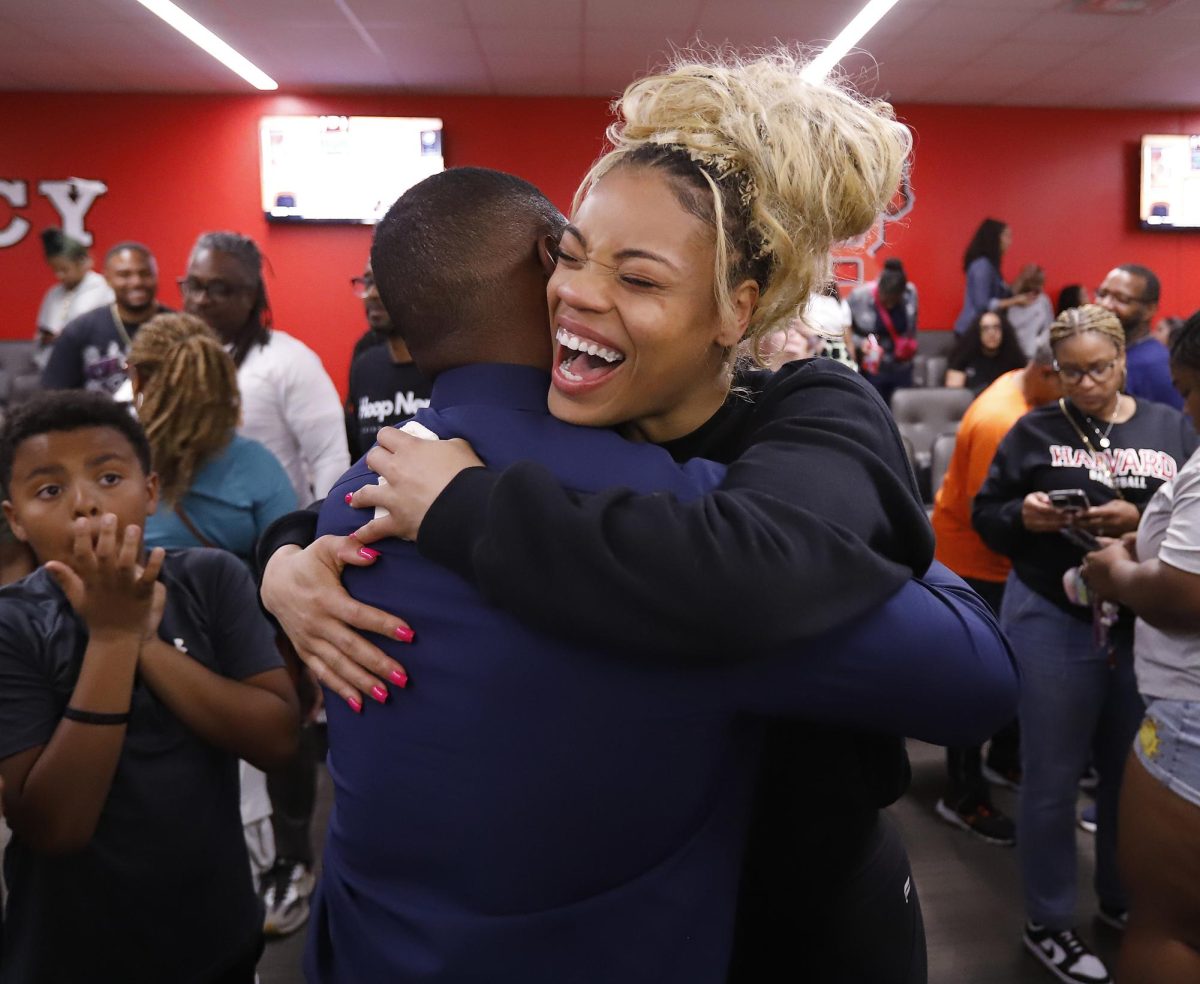As schedules and attendance policies were sent out at the start of the new school year, concerns and conflicts arose amongst students.
In a typical school year, academic principals and counselors create a master schedule at the start of the school year for a couple of summer months. However, because of accommodations for in-person and virtual classes, there were only three weeks to create this year’s master schedule. Then, because of the Texas Education Agency’s policy changes, Academic Associate Principal Ketura Madison and counselors recreated the master schedule again.
The creation of the master schedule comes with the struggle of ensuring the safety of all students as well as accommodating students switching between modes of learning. TEA allows students to change their education mode each grading period. In the second six weeks, 60 students who registered to learn virtually returned to in-person classes and 95 in-person students moved online.
“We still have to service in-person and virtual. We definitely have to prioritize in-person, but we also have to keep everyone safe by not having 40 kids in a class,” Madison said. “It’s the difference between having 40 kids in person and 40 kids online, as far as safety. Instructionally, that’s not ideal in either setting.”
Whether a student chooses virtual or in-person, conflicts remain. MISD does not offer all classes virtually. Though this varies across campuses due to staffing, most introductory elective classes, such as Art I, are offered virtually. But the more advanced elective classes are exclusively offered in-person on campus. Junior Kayia Adams commutes to school to attend varsity marching band practice.
“I wasn’t able to take some of the classes that I wanted simply because I wanted to do virtual school in the middle of a pandemic. I don’t want to have to come to class personally because of the spread of the virus at both Legacy and Ben Barber,” Adams said. “I signed up for virtual, but am still having to go to school for half my classes which defeats the whole purpose of doing virtual school.”
With multiple elective classes offered only in person, virtual students must commute in between their virtual classes. However, Ben Barber classes are the only classes with built-in travel time, consequently, virtual students may face tardies for classes they commute to. If a student is missing for 25 minutes from a class, teachers may mark them as absent. As a solution, teachers are advised to be lenient with traveling students.
“We have told teachers to communicate with students. They may ask their teacher to let them out a few minutes later or tell their teacher that they will be late to their class and just work that out with the teacher,” Madison said.
Along with tardies, leniency in regards to the attendance policy has taken effect for the first six weeks. For in-person students, they must be in class to be marked present while virtual students must be logged onto TEAMS during class to be marked present. For remote students who are in-person, they must complete their assignments by 11:59 of the day it was assigned to be counted present. However, this has created a ‘loophole’ for in-person students to use.
“It just became very cumbersome trying to handle attendance because what we are finding is that kids are picking and choosing which classes they want to attend,” Madison said. “It’s just making it extra hard on teachers because you have to log into Canvas to see if somebody completed, and then assignment and then change their attendance.”
Because of ‘loopholes,’ Madison says attendance has been significantly lower in comparison to previous school years. Unfortunately, attendance is directly correlated to funding. Therefore, the fewer students present, the less money the school receives from the state.
“Funding is set by the state. So when we have students that are remote but then they don’t do the assignment the same day, then you don’t get counted present. Our funding is based on daily attendance, and if we have people not doing what they are supposed to do, then that’s less money that we get.
Starting Nov. 4, in-person attendance will only be counted if the student is present in class.
“We just need everyone to come to school,” Madison said. “Some people had valid reasons but the majority did not.”



